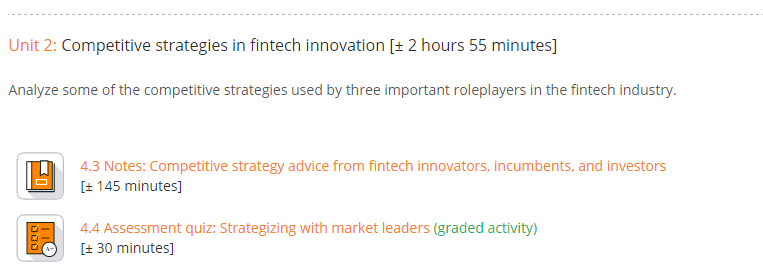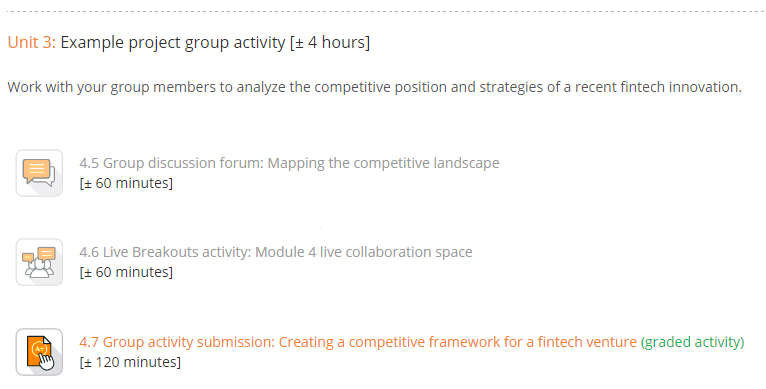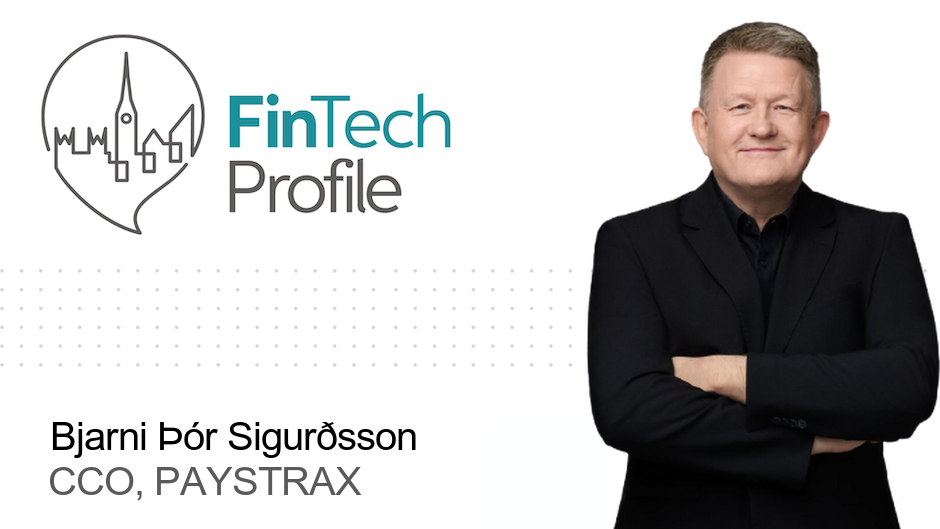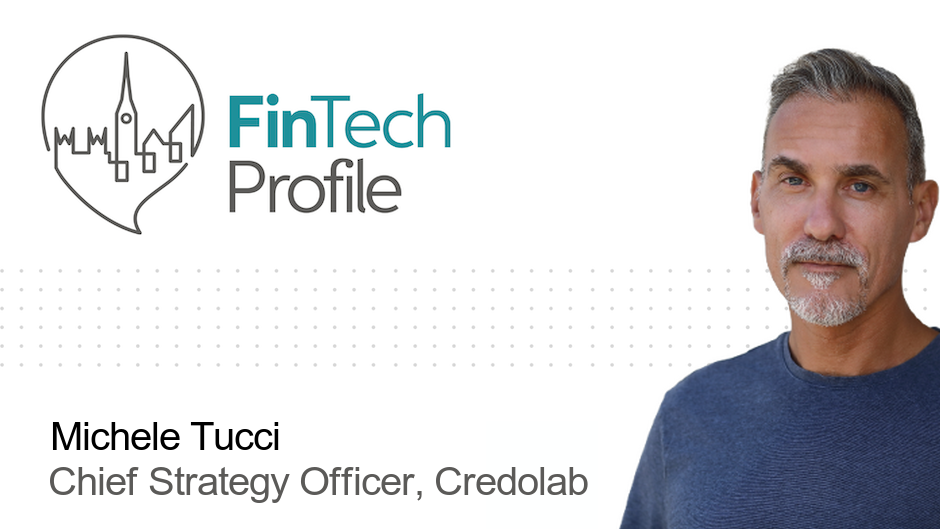MIT's new online FinTech certificate course: Future Commerce
Today on FinTech Profile, we talk not to a FinTech founder, but a FinTech course provider. David Shrier, MD and Lead Instructor of MIT Connections Science answers our questions (in bold) below:
How did the MIT Fintech certificate course: Future Commerce come to be?
A combination of MIT’s recognition of the importance of both innovation in financial technology and re-education in traditional financial services, with the vision of an innovative online education company – GetSmarter – to change the face of online education, lead to a collaboration that took MIT’s Fintech certificate course: Future Commerce, online.
We’re excited about running this certificate course with GetSmarter because they’ve proven their ability to design, develop and deliver an unrivalled, competency-based online learning experience.
Fintech, in itself, is a field within which success depends on the effectiveness of the application of innovative technology. Reshaping a system as monolithic as the financial sector cannot be based on creativity alone, or a “dream” of processes rethought – it requires not just strong business acumen, but a scientific approach to the innovation of transactions and finance.
Fintech innovations rethink not just how money is made, but how it is managed, distributed, lent and invested.
The MIT Fintech course is a platform from which these innovations launch.
What has made it so successful to date?
There have been a number of factors contributing to its success, but three of the highlights include:
1) Networking opportunities
This is a big one. With over 1,000 students on the first presentation, and just under that same amount on the second, the MIT fintech network is a large and powerful one – and it’s growing. Here’s what some of the students had to say:
https://youtu.be/fIj3WnaHLrI
2) Quality of course content
Students not only have the opportunity to be exposed to the future of money, disruptive technologies, and innovative thinking, but also to hear from leading minds through recorded video lectures from four MIT Course Instructors, as well as over 30 guest lecturers who are leading the fintech industry in various ways. Have a look at this recent FinTech Profile on Stan Stalnaker, Founder and Chief Strategy Officer of Hub Culture, and one of the guest lecturers on the course.
3) A personalized, high-touch learning experience
This is a factor that truly differentiates the course from others. Instead of being left to complete each weekly module alone, GetSmarter offers a network of Performance Coaches, Tutors and Tech Support to make sure your unique needs are catered for and your problems resolved, every step of the way. Hear it from the students themselves:
And that’s not all that the students had to say. Some took it upon themselves to write their own open and honest reviews on their experience of the first ever presentation.
https://youtu.be/DLkm_xiHUAM
What’s in the course?
“Through the course of this 12-week online class,” Shrier says, “you will be exposed to the future of money, commerce, and payments: disruptive technologies, like blockchain, leading to the rise of new currencies; you will explore innovation in financial markets; how new technologies around data and analytics, for example, are creating the ability to predict the future price of a security with great accuracy.”
In order to prompt action based on innovative thinking, the course also includes a strong business component where students investigate areas such as, among others:
– Framing and pitching your fintech idea
– Disruptive business solutions
– Financial modeling and fintech regulation
All this while collaborating in smaller groups on a Capstone Project (Strategic Roadmap or Business Plan) that students can take away from the course and apply in the real world.
How is the course structured?
The course is split into manageable weekly modules that can be completed entirely online and in your own time.
The weekly modules include various materials such as notes, assignments, discussion forums, group activities and videos. Here’s a snapshot of what it looks like inside Module 4: Competitive Dynamics, from Units 2 and 3:
Due to the collaborative nature of the capstone projects, some students also opted to organize meetups for further engagement, either over an online communication platform or, where possible, at a shared physical location.
Who is the course aimed at?
The course will focus on business strategy for fintech innovation, from the perspective of entrepreneurs and corporate-innovators.
Designed for professionals, entrepreneurs and investors working or consulting within the financial, banking, and insurance sectors – this immersive online learning experience empowers students with the knowledge they need to to develop strategic frameworks for creating business models, presenting an investment thesis, or proposing regulatory changes around fintech innovation.
What do you get upon completion?
Upon successful completion of this course, students walk away with a certificate of completion from MIT, as well as a practical portfolio of evidence of knowledge and competencies gained in the form of a capstone project: a business plan and investments thesis, or a strategic report on the state of fintech innovation.
On top of that, they’ll join the 2,000-strong network (and growing) of MIT Fintech alumni, to ensure the value of this course extends far beyond its conclusion.
Our thanks to David for his answers today.
If this sounds like something you’d like to be a part of, you can register here to join the next presentation now, or get more information on the course page.






